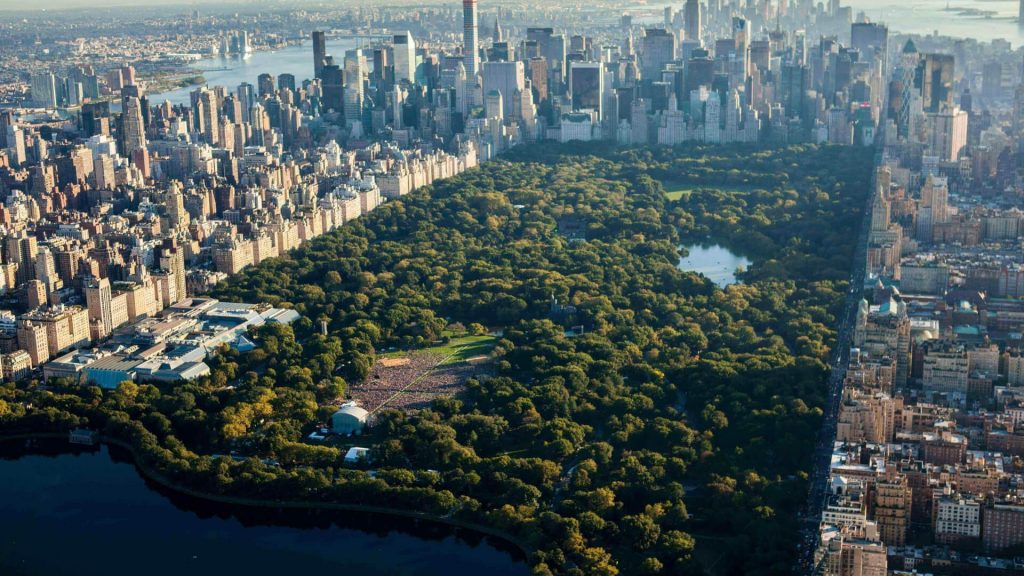
There was a time, not so long ago, that parks were the exclusive playgrounds of the rich and famous.
During most of European history, green spaces were cultivated by wealthy landowners for private use. Trespassers – including impoverished poachers trying to catch wild game for their family’s next meal – could be subject to imprisonment or even death.
No one did more to cultivate the notion that parks should be available to everyone than an American landscape architect named Frederick Law Olmsted.
In 1857, he and his partner submitted the winning plan to transform 843 acres of New York City into what would be called Central Park. America and the world were becoming urbanized. City dwellers were increasingly plagued by noise, congestion, stress, and the disappearance of trees, birds, and waterways. Olmsted was convinced that urban parks could not only preserve pockets of natural beauty but had the capacity to enrich the social and even moral lives of those who lived nearby. The smallest child, he declared, had just as much right to enjoy such treasures as the richest baron.
It’s difficult to overstate the enormity of his Central Park project.
The city had allocated a large rectangle of undeveloped land. It was 2.5 miles long and a half mile wide. Olmsted and his crew (which at one point exceeded 3,600 men) utilized 20,000 barrels of dynamite to reconfigure the terrain. Over a period of 19 years, the park gradually became what it is today – a seemingly random miasma of trees, pathways, bridges, and ponds. Olmsted insisted that it not become an over-engineered theme park, but something that approximated the reality of nature.
Central Park is popularly assumed to be the largest metropolitan green space in the country. Actually, it’s only the fifth largest park within the boundaries of New York City. But because of its cherished location amidst skyscrapers and crowded streets, it hosts more visitors each year than any other public park – approximately 42 million. And it is certifiably the most filmed location in the world, appearing as the backdrop for at least 231 major motion pictures.
Olmsted, as it turned out, was just getting started. He went on to develop more than 100 other major urban parks and became known around the world as the father of landscape architecture.
During the 1880’s he was infuriated to discover that Niagara Falls was being radically commercialized. On the American side of the gorge there were around 150 stores and huts crowding the rim. Visitors actually had to pay the owners a fee just to catch a glimpse of the falls. Olmsted successfully campaigned to have those structures removed, and for the Niagara gorge to become a free public space.
The drama and beauty of the natural world belonged to everyone, not just a privileged few.
The Bible’s authors heartily agree.
“The heavens declare the glory of God; the skies proclaim the work of his hands” (Psalm 19:1). “Let heaven and earth praise him, the seas and all that move in them” (Psalm 69:34). “And why do you worry about clothes? See how the flowers of the field grow. They do not labor or spin. Yet I tell you that not even Solomon in all his splendor was dressed like one of these” (Matthew 6:28-29, Jesus speaking).
Beautiful places draw us to God.
And the most beautiful natural realities – starry nights, wildflowers, sunsets, deep woods, seascapes, gathering storms, and the joyful, busy, never-ending cacophony of God’s countless creatures – are not commodities or experiences to be bought and sold, but gifts that God gives to humanity free of charge.
So visit a public park this summer. Or take a walk in the woods. Or get up an hour before dawn this week to see the amazing conjunction of five planets.
You never have to swipe your VISA card to experience the Greatest Show on Earth.
